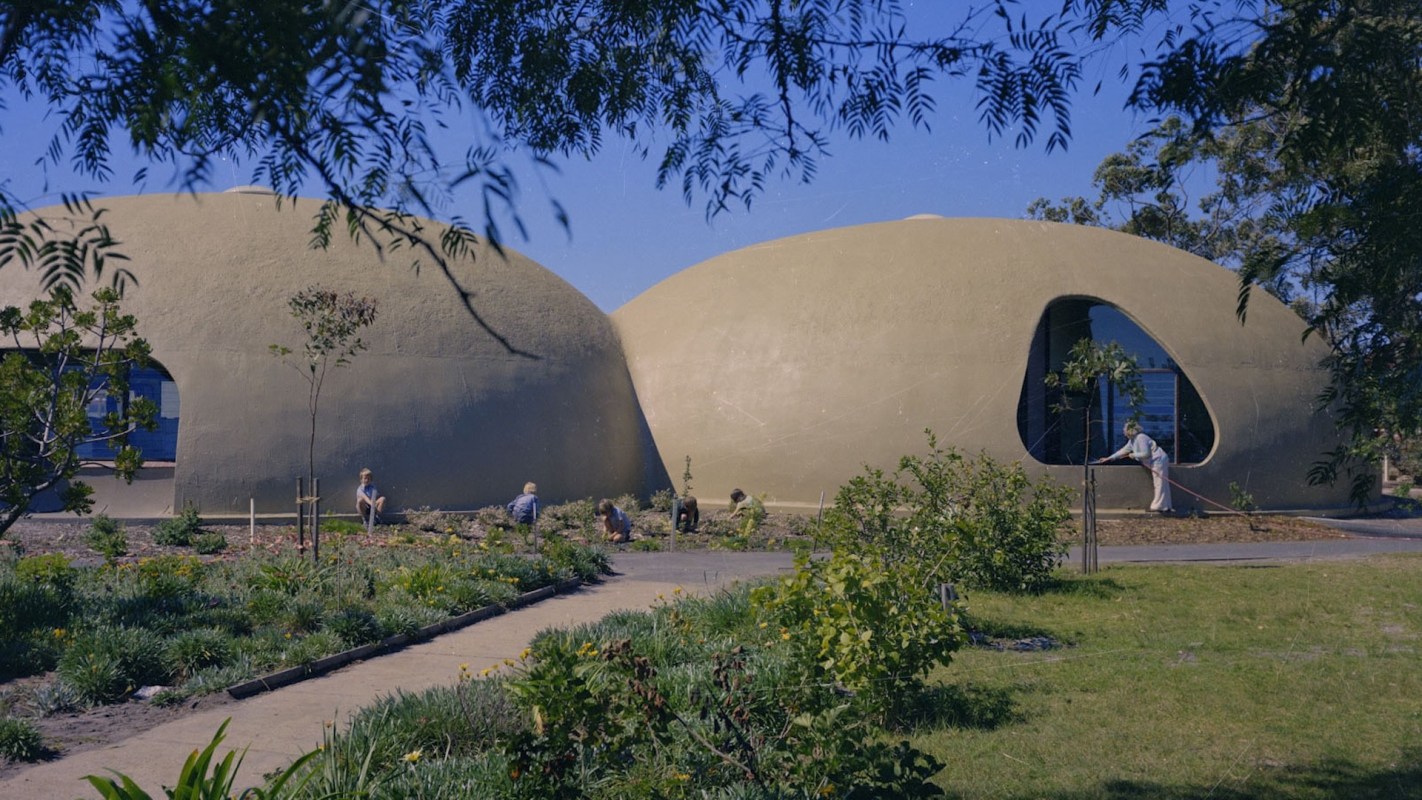Prefabricated homes have been gaining popularity recently as a method of creating houses more quickly and inexpensively and with a lower environmental impact. But architects have been figuring out ways to erect structures more quickly and easily for a long time.
One such architect's "futuristic" buildings are still standing and have celebrated their 50th anniversary in Australia, as detailed by ArchitectureAU.
Italian architect Dante Bini invented his signature "Binishells" in 1964, developing a new method that allowed him to erect shell-like domes by pouring a thin layer of concrete over an inflatable membrane.
The domes gained enough popularity in his native Italy that he was contracted to move to New South Wales, Australia, and build 15 Binishells for the NSW Department of Education. The collection of the structures is the largest in the world.
The Binishells, though not in pristine condition, have stood the test of time. Several are still in operation, predominantly used as administration blocks, libraries, multipurpose halls, and out-of-school-hours care facilities.
Though many Binishell replicas were built throughout the world, the NSW collection is significant because Bini was directly involved in the construction.
"The first experiments in Italy were conducted directly by him because he was testing and attempting to enhance the technology. Also, Dante Bini's office, the first office of the Binishell company, was within a Binishell. Apart from those instances and the instances in NSW it is really quite difficult to track down where he may have been personally and directly involved," said Alberto Pugnale, an architect, senior lecturer in architectural design at The University of Melbourne, and co-author of Architecture Beyond the Cupola: Inventions and Designs of Dante Bini.
As modern architects look for new ways to expedite building practices, as well as build more resilient structures that can withstand extreme weather driven by a warming world, they could well look to Bini's old way. And they could even update it with a modern twist.
While pollution from concrete production is a major contributor to the overheating of our planet, several companies are developing ways of making concrete with a lower environmental impact.
Join our free newsletter for cool news and actionable info that makes it easy to help yourself while helping the planet.









